As soon as I booked my trip to Lapland (Finland), I started researching what I should wear in extreme cold. I had never even been in a place below 0ºC and the forecasts predicted temperatures below -20º C.

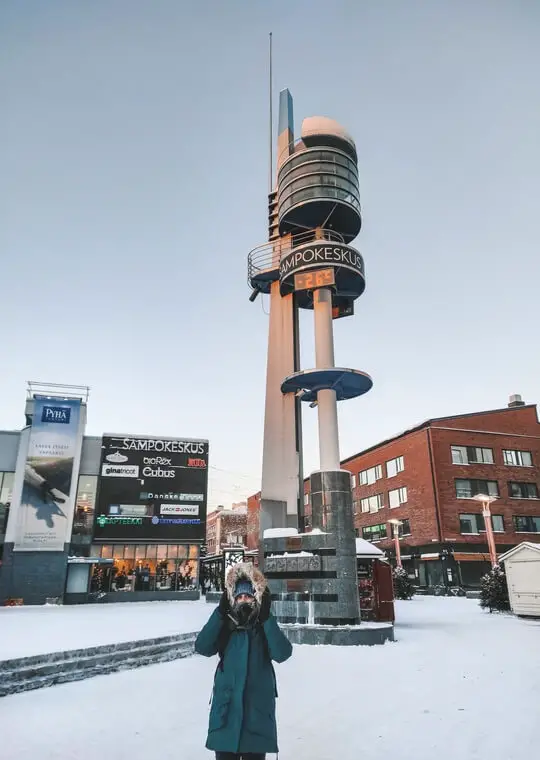
I confess that at first I felt a bit lost in the middle of so much information available on the subject, so I really hope this post will help you plan your visit to a place with extreme temperatures like Lapland.
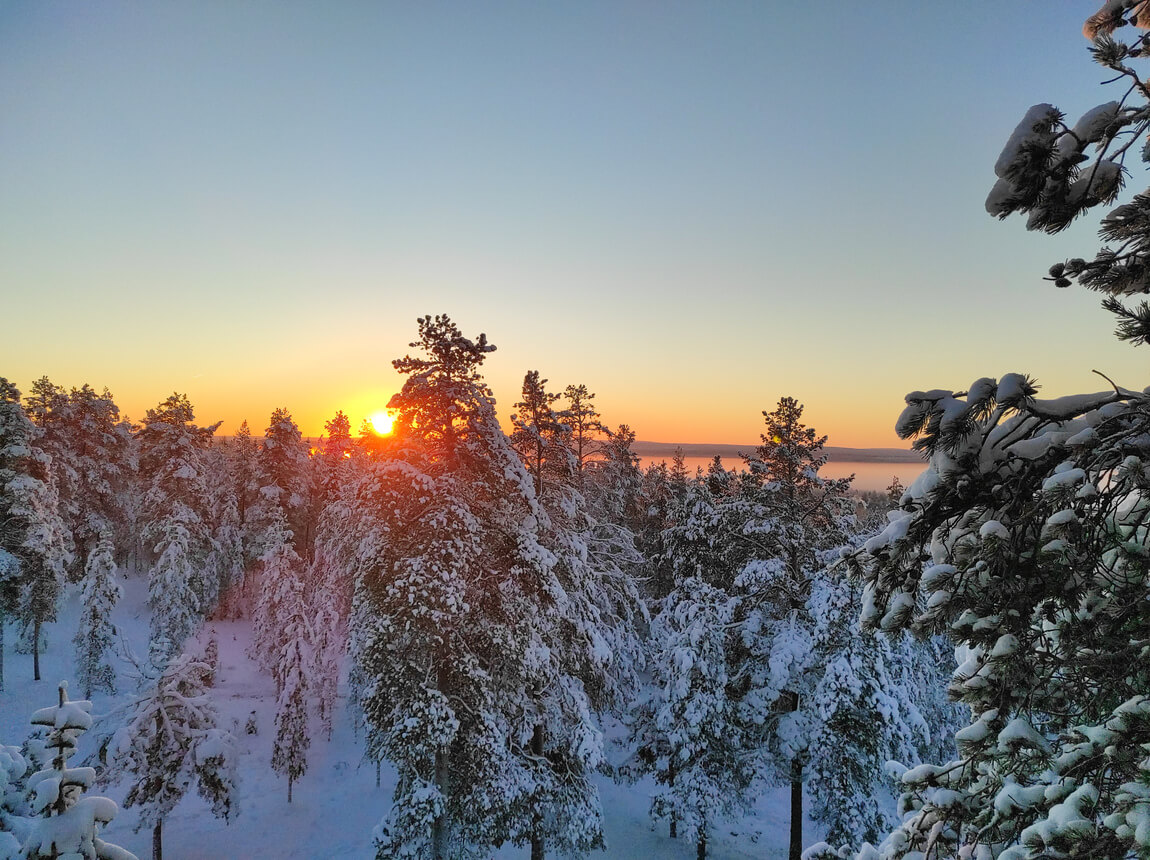
Although I was quite lucky during the trip (most days the temperature was around -10 ºC), in the last two days it dropped to -26 ºC, with a real feel of -31 ºC. As you can see, I really put into practice everything I’d read about 😉
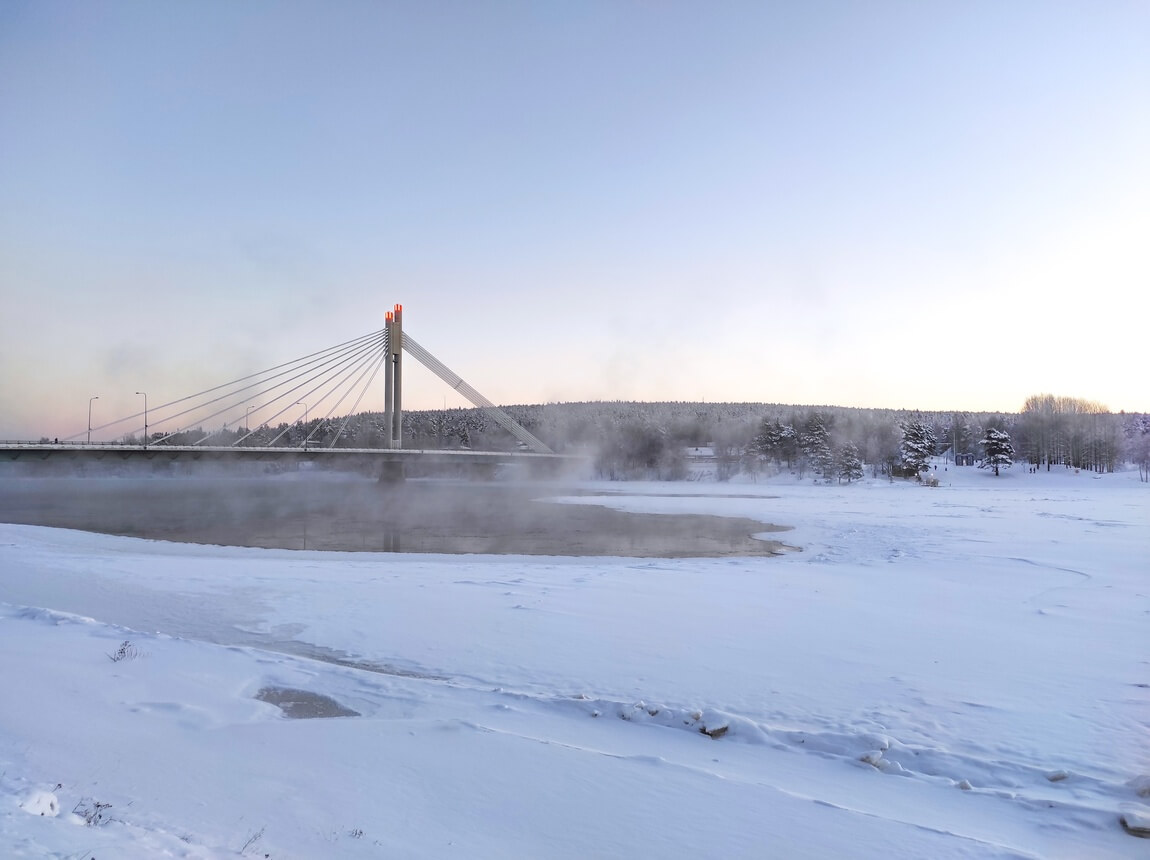
After much reading, I came to the conclusion that everyone agrees that the secret weapon to survive the extreme cold is layers. In places where there are these kinds of temperatures, buildings are usually very warm inside, so you have to be prepared to take off/put on clothes quite often.

Also, it is very important to know how to choose the right materials. If the fabrics of our clothes get wet you’ll definitely regret it since you’ll get cold faster. That’s exactly what we want to avoid 😉
What to wear in extreme cold: upper body
A person with cold weather tends to perspire less and, for that reason, it’s not worth it to pack many thick jumpers. The key is changing the base layers since they’re the ones in greater contact with the skin!
Thus, for the upper body, we should wear between 3 and 4 layers:
1st layer:
- It should be tight to the skin to absorb any perspiration.
- The purpose of this layer is not to warm you up, but to ensure rapid absorption (avoid cotton garments as much as possible as they have exactly the opposite effect)
- Look for merino wool or polyester
- I ended up buying the most basic range from Decathlon
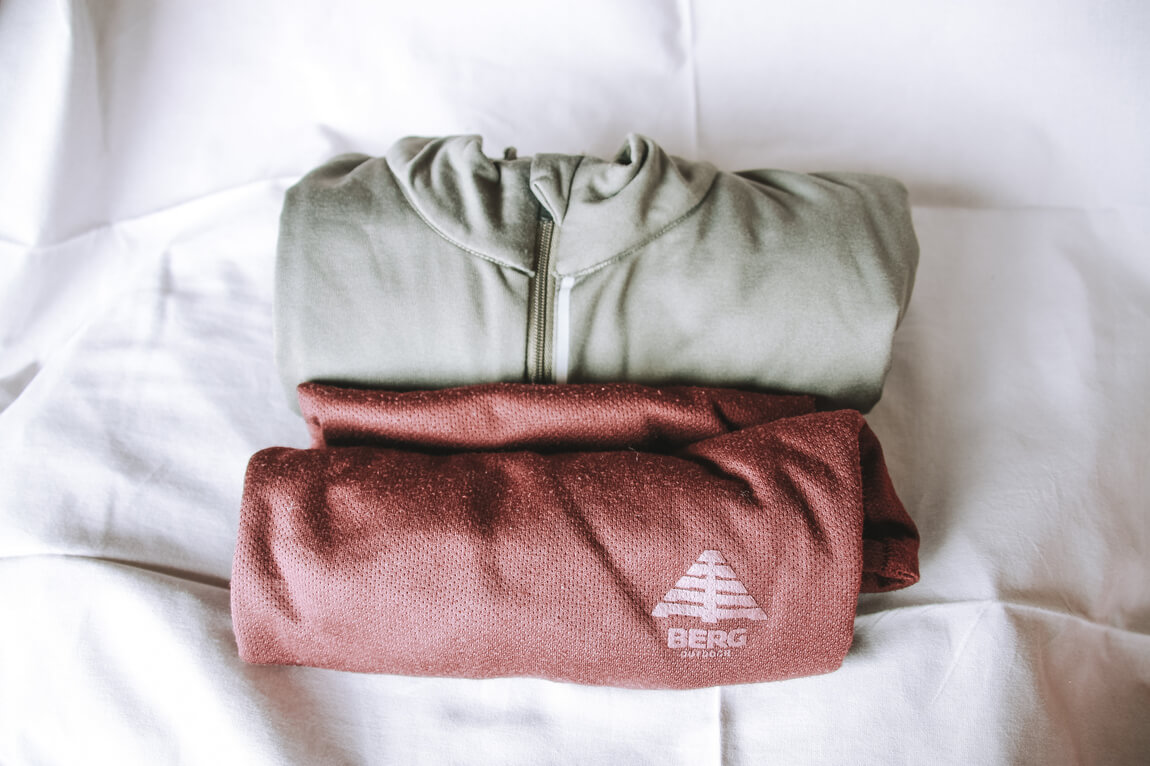
💡 EXTRA TIP: If you don’t plan to use these clothes in your daily life, opt for polyester garments. It’s cheaper, lasts longer and dries faster than merino wool. The great advantage of merino wool has to do with its breathability and greater resistance to odours.
2nd layer:
- The purpose of this layer is to retain body heat
- A polar (polyester) or flannel jersey is ideal (I bought one at Decathlon)
3rd layer:
- Preferably a thick wool jumper (doesn’t have to be 100% wool, but higher percentages of wool are preferable).

💡 EXTRA TIP: For temperatures until -15°C, these 3 layers are enough. For lower temperatures, I suggest adding a 4th layer between the 1st and 2nd layers. A thinner and tighter wool jumper did the job for me 😊
Finally, it is important to make sure you have a good jacket that insulates you well from the wind and that is waterproof so that you stay dry on snowy days. The longer the jacket, the warmer the legs will be. In addition, a hood can be very useful to keep your head warm (even if you wear a beanie). I bought the warmest jacket available at Decathlon and it was absolutely precious during my days in Lapland!
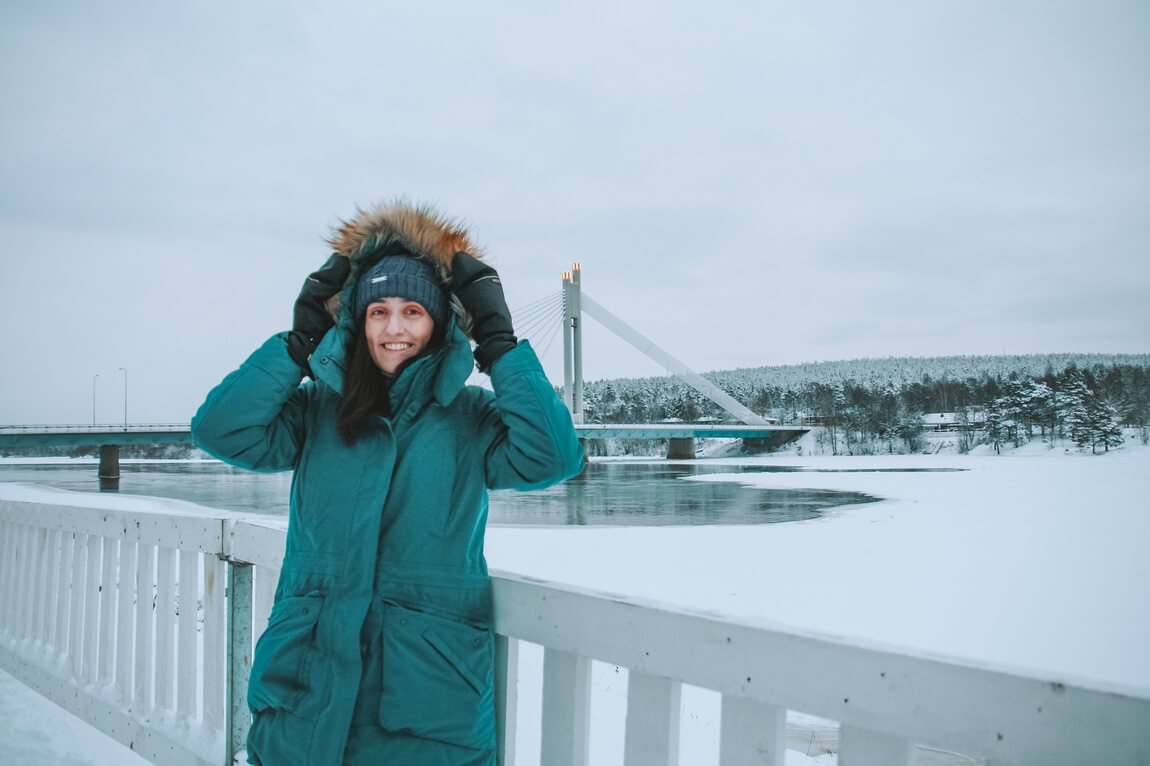
What to wear in extreme cold: legs
On the legs too, we should use more than one layer:
1st layer:
- The purpose of this layer is yet again to absorb any perspiration
- Thermal trousers are the ideal choice
- Look for merino wool or polyester
- I bought the cheapest option at Decathlon

2nd layer:
- Snow trousers that are waterproof (often such low temperatures mean a high probability of snow, so we must be prepared)
- If possible, opt for thermal snow trousers for a warmer sensation
- I bought these snow trousers from Decathlon and they worked perfectly
💡 EXTRA TIP: In this case, it makes more sense to invest in the 1st layer trousers as only these will be in contact with the skin. For a trip of 5 to 7 days, 1 pair of snow trousers is more than enough. For temperatures below -15ºC, I suggest adding another pair of thermal trousers or some normal tights.
What to wear in extreme cold: hands
In such extreme temperatures, simple woollen gloves are not enough. Therefore, you should definitely use a first layer of thinner gloves and then wear mittens on top (preferably thermal inside).
Mittens allow the fingers to be closer together, which makes them warmer.

💡 EXTRA TIP: With temperatures this low, it is almost an impossible mission to have your hands exposed to the cold without any protection. Therefore, I strongly recommend that the base pair of gloves allow you to use smartphones, so you don’t need to remove the gloves when you want to take a picture. This was one of the hardest parts for me because the base pair of gloves I bought were not warm enough.
What to wear in extreme cold: feet
Feet are one of the parts of our body that get cold the quickest and so we have to take extra special care of them! And, once again, the secret is in the layers:
1ª camada:
- Thinner woollen socks (the higher the percentage of wool, the better) – I bought mine at Pé de Meia
- The logic is the same as for the other base layers: choose materials that allow good absorption of perspiration
2nd layer: thicker woollen socks – I bought these made from alpaca wool on Amazon.
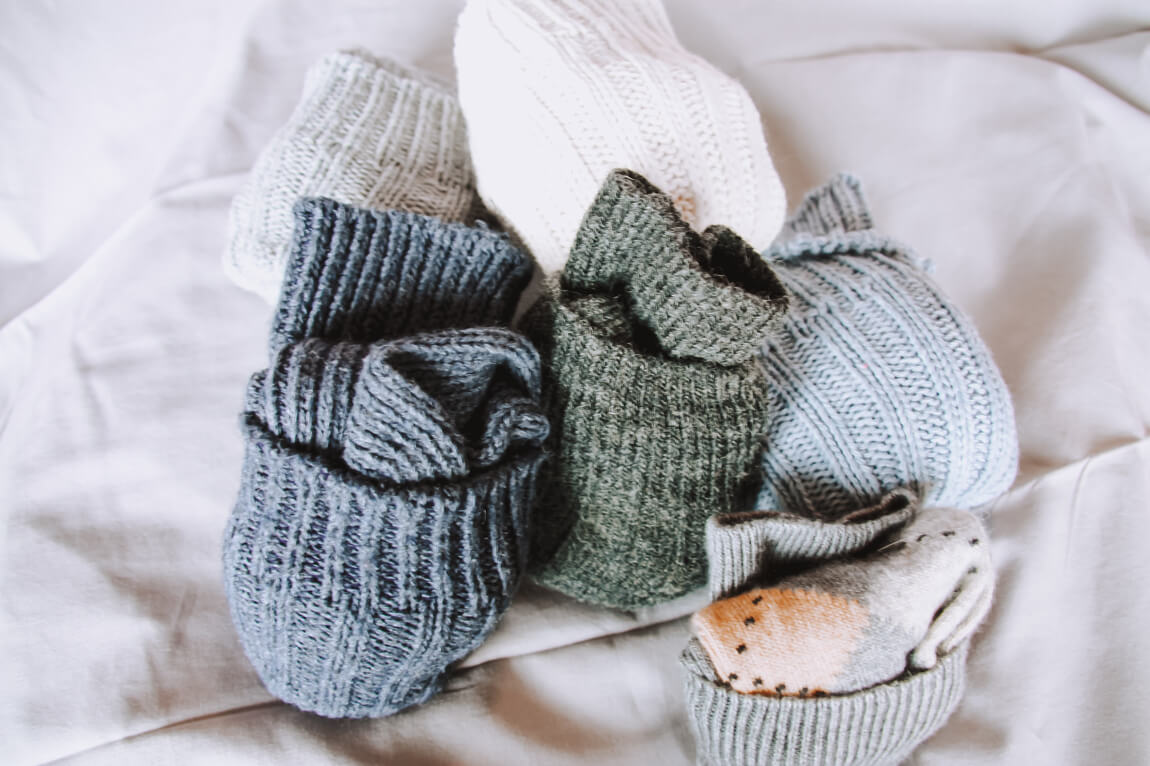
💡 EXTRA TIP: For days when the thermometer drops below -15°C, I suggest adding an extra pair of wool or thermal socks to ensure extra warmth.
Finally, it is also important to ensure that we wear suitable footwear. You should go for boots with good traction for snow, waterproof and if possible carded for extra warmth. It is important to ensure that the sole is made of 100% waterproof materials (rubber, for example) and considerably thick to dull contact with the cold ground. Again I opted to buy a pair from Quechua at Decathlon.

💡 EXTRA TIP: With the number of socks you need to wear, you should buy boots 2 to 3 sizes up from your usual size. If the foot is too tight (and the blood barely circulates), it will get colder quickly.
What to wear in extreme cold: head
A beanie is essential… I think we all agree on this 😊 In my case, I ended up buying one carded on the inside, which gave me an extra warm feeling!!!
In addition, although it is not always necessary, a neck warmer to protect the nose may be very useful. Here, the best option is to opt for neck warmers made from merino wool, which absorb well the air that we will breathe.

What to wear in extreme cold: other tips
Another option to keep your feet warmer is to use insoles made of natural fibres, like wool, for example. This helps that the cold from the ground doesn’t reach the feet so quickly.

In addition, an excellent option is to buy warmers that provide heat to the feet, hands or body. These warmers are small sachets that you shake and put inside your boots, gloves or jacket and that radiate heat for up to 5 hours.
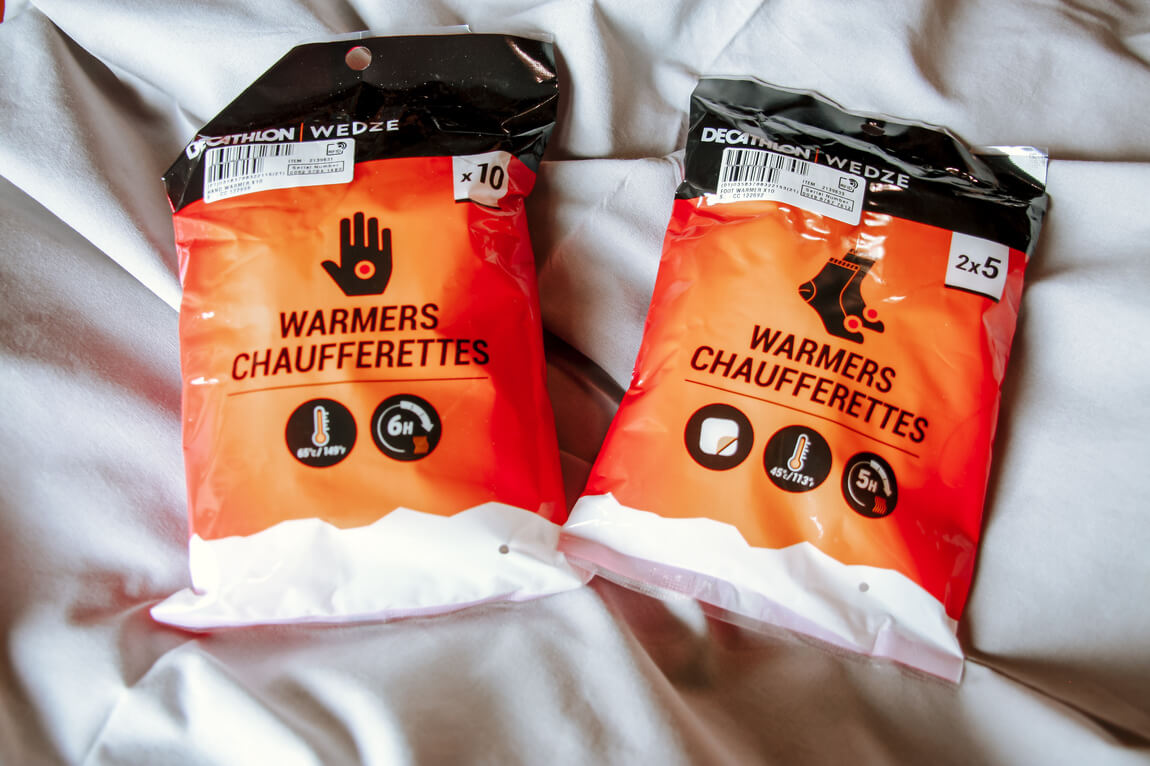
Finally, not that it has anything to do with what to wear in extreme cold, but the truth is that cold weather dries out the skin a lot. Therefore, we need to start moisturising our skin as soon as possible. This lotion from Weleda was a real lifesaver. I applied it every night on my face (which didn’t even get dry!) and several times a day on my hands, to always ensure maximum hydration 😊
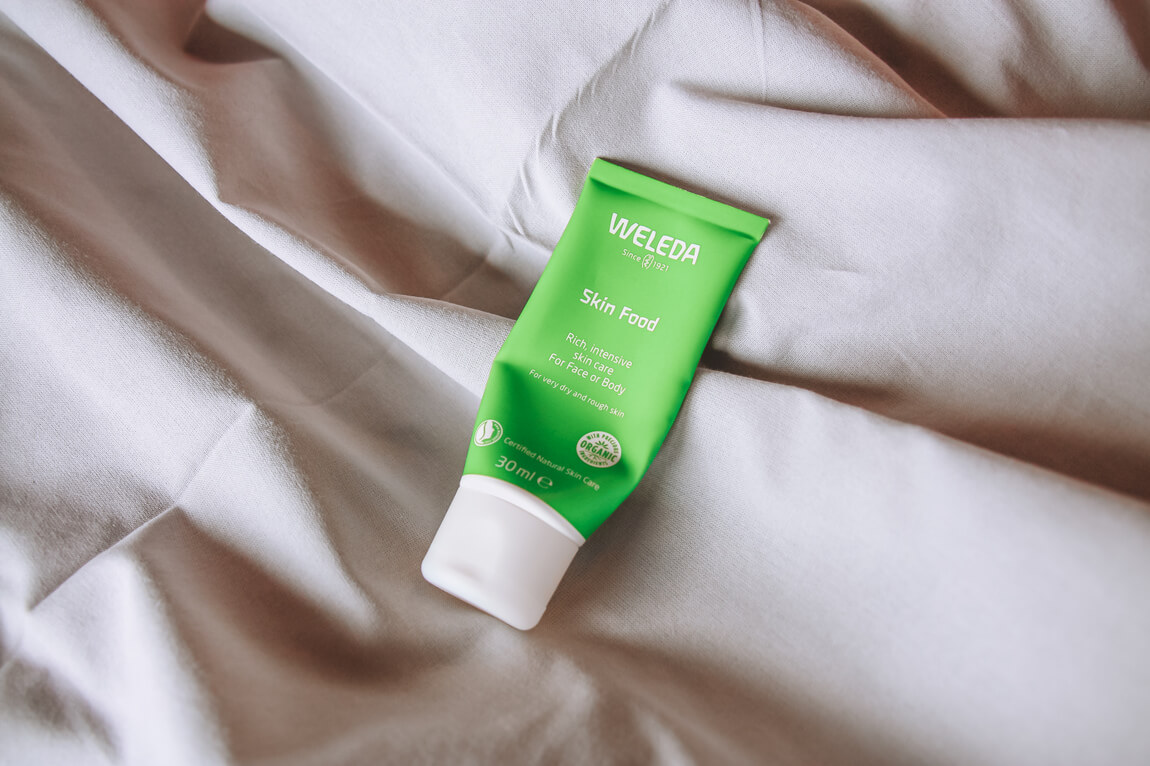
Now that you learned some tips on how to survive extremely cold weather, if you want, here is a free printable packing list for your next trip to a place this cold!












How do you prepare your skin before going out at morning?? Plz share your skincare routine during trekking
Hi there,
When I am travelling, I always put my sunscreen first, then my hydrating cream and then cc cream and everything else. However, I must say that in such cold weather, it was impossible to use eyeliner and mascara because your eyes often get wet with all the cold. You can try waterproof products but I didn’t have those when I travelled to Lapland.
I hope this helps!
Happy travels,
Mariana